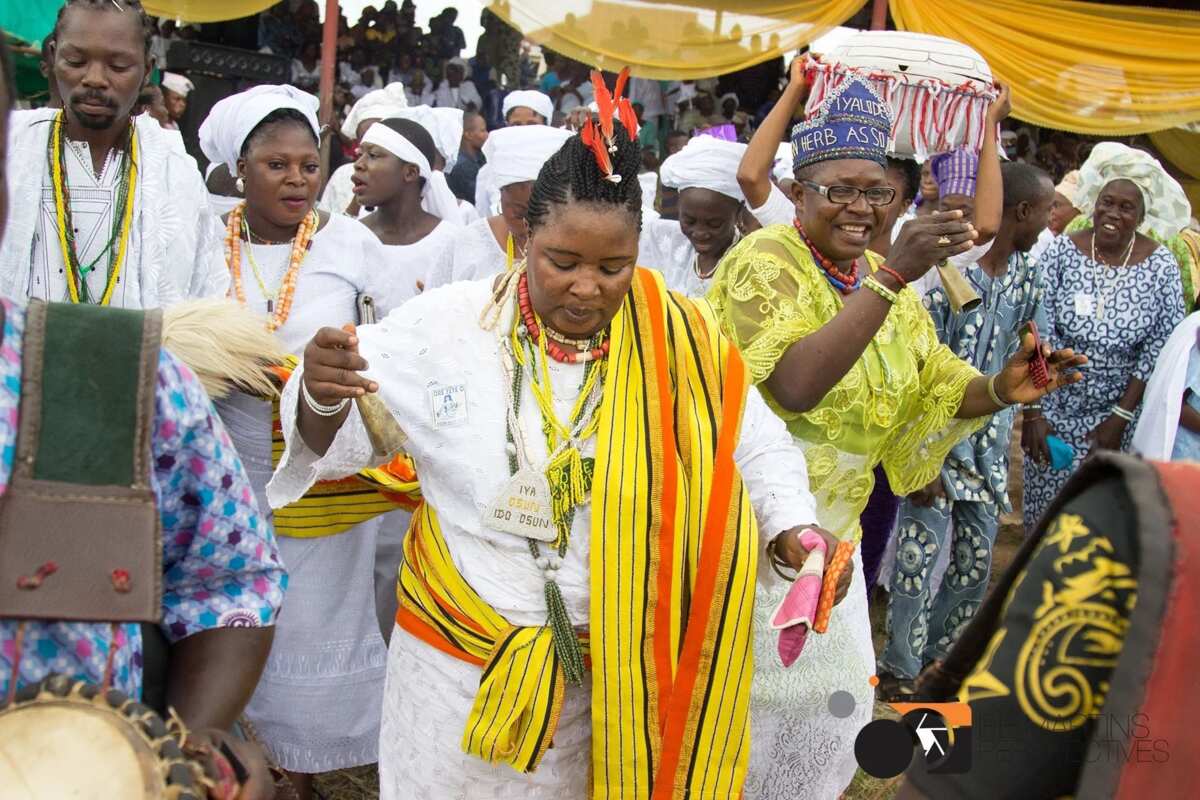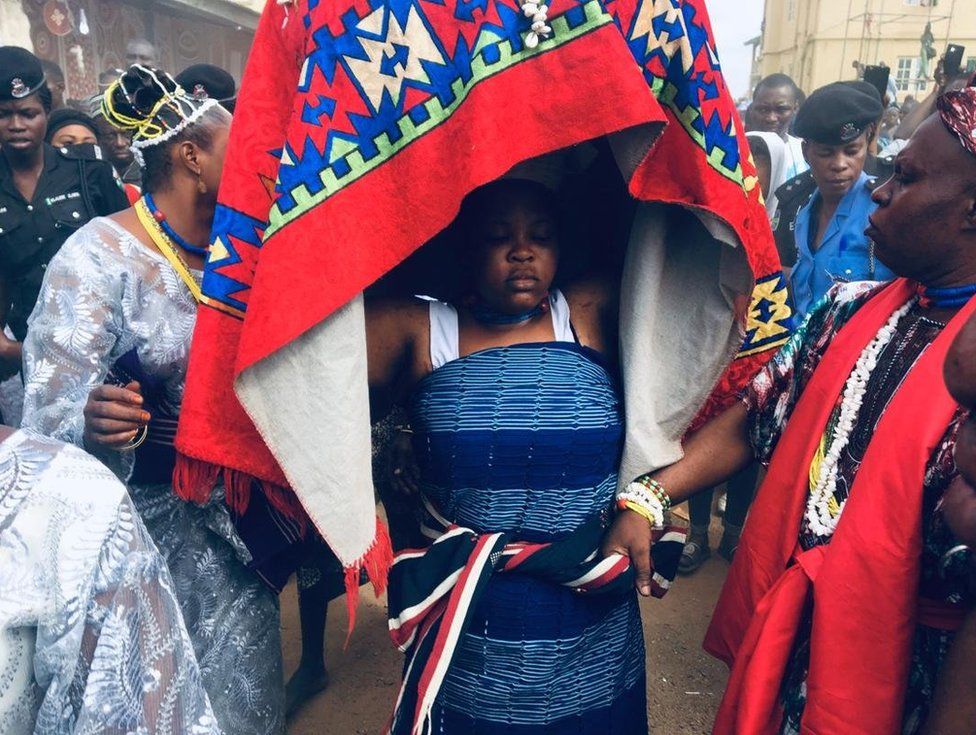Nigerian police say they have arrested popular porn star and filmmaker, Tobiloba Jolaosho, for allegedly filming a “sex movie” at the Osun Osogbo sacred grove – the revered and principal sanctuary of Osun, the Yoruba goddess of fertility.
A designated UNESCO World Heritage site since 2003, the scared forest is located on the outskirts of the city of Osogbo in western Nigeria and is described by the organization as a “tangible expression of Yoruba divinatory and cosmological systems.”
According to the BBC, video snippets of Jolaosho – also nicknamed King Tblak HOC – clad in a white robe signifying the Osun deity were shared on his social media pages and website. Though it is not yet known how he gained entry to the forest and when the video was taken, a police spokesperson told BBC Yoruba Jolaosho will be arraigned before court after investigation as his actions “could have breached public peace”.
Jolaosho was also accused by a traditional Yoruba religious practitioner of offending the deity – an act he said would attract punishment.
“The traditional worshippers in charge of the grove will decide on what punishment to mete out to him after the police conclude its investigation,” said Jolaosho’s accuser.
Osun Osogbo Festival
The Yoruba of Nigeria have a pantheon of deities in their traditional religion or Ifa. These deities include Osun, the goddess who presides over love, intimacy, beauty, wealth and diplomacy.
She is the patron saint of the Osun River, which was named after her. Her worshippers converge at the Osun-Osogbo grove, where her principal sanctuary is located and where an eponymous festival is held every August.
The festival, which takes two weeks, sets off with a cleansing ceremony known as the Iwopopo, conducted to rid the town of evil. Three days later, a 600-year-old lamp with 16 points called the Ina Olujumerindinlogun is lit. Next off is the Iboriade, which involves the blessing of the crowns of all past kings by the Ataoja (king) of Osogbo, the calabash carrier called Arugba and a group of Osun priestesses.

The festival traces its roots back to 700 years ago when a hunter called Olutimehin led his people to the grove after their former dwelling was hit by drought. The goddess Osun appeared to Olutimehin and pledged to protect him and his people and make the women fruitful, but on one condition: that they offer sacrifices to her. The festival has been held annually since then.
Of the most interesting activities is the transportation and presentation of the sacrifice to Osun by the Arugba. An Arugba is a young woman, a votary virgin, chosen to lead the Osun-Osogbo festival procession. According to the custom, she must be of royal blood and a virgin and without her, the procession and the festival cannot happen.
As she leaves an all-female enclave, where she is taken care of, she has to meet with the previous Arugba, who will then place the sacrifice calabash on her head.

Once an Arugba carries the sacrifice, she is no longer considered a girl but a goddess. It is believed that she no longer hears the noise surrounding her but rather, she hears the entities of the goddess as they guide her to the grove.
In the last 600 years or so, no Arugba has failed to guide the Osun devotees to her river.
It is this kind of cultural significance that saw the Osun-Osogbo grove inscribed into the UNESCO World Heritage Site in 2005. According to UNESCO:
The Osun Grove is a tangible expression of Yoruba divinatory and cosmological systems; its annual festival is a living thriving and evolving response to Yoruba beliefs in the bond between people, their ruler and the Osun goddess.
Over the years, the festival has become an amalgamation of worship and cultural appreciation, bringing in people from all over the world.











